How Many Ounces in a Gallon?
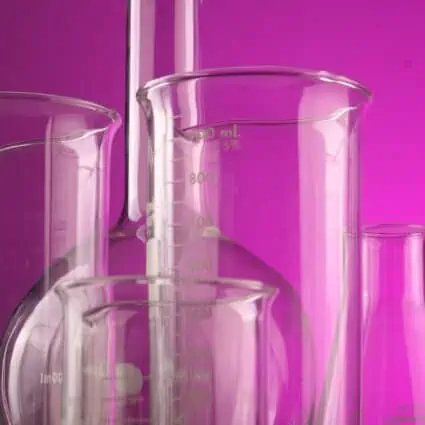
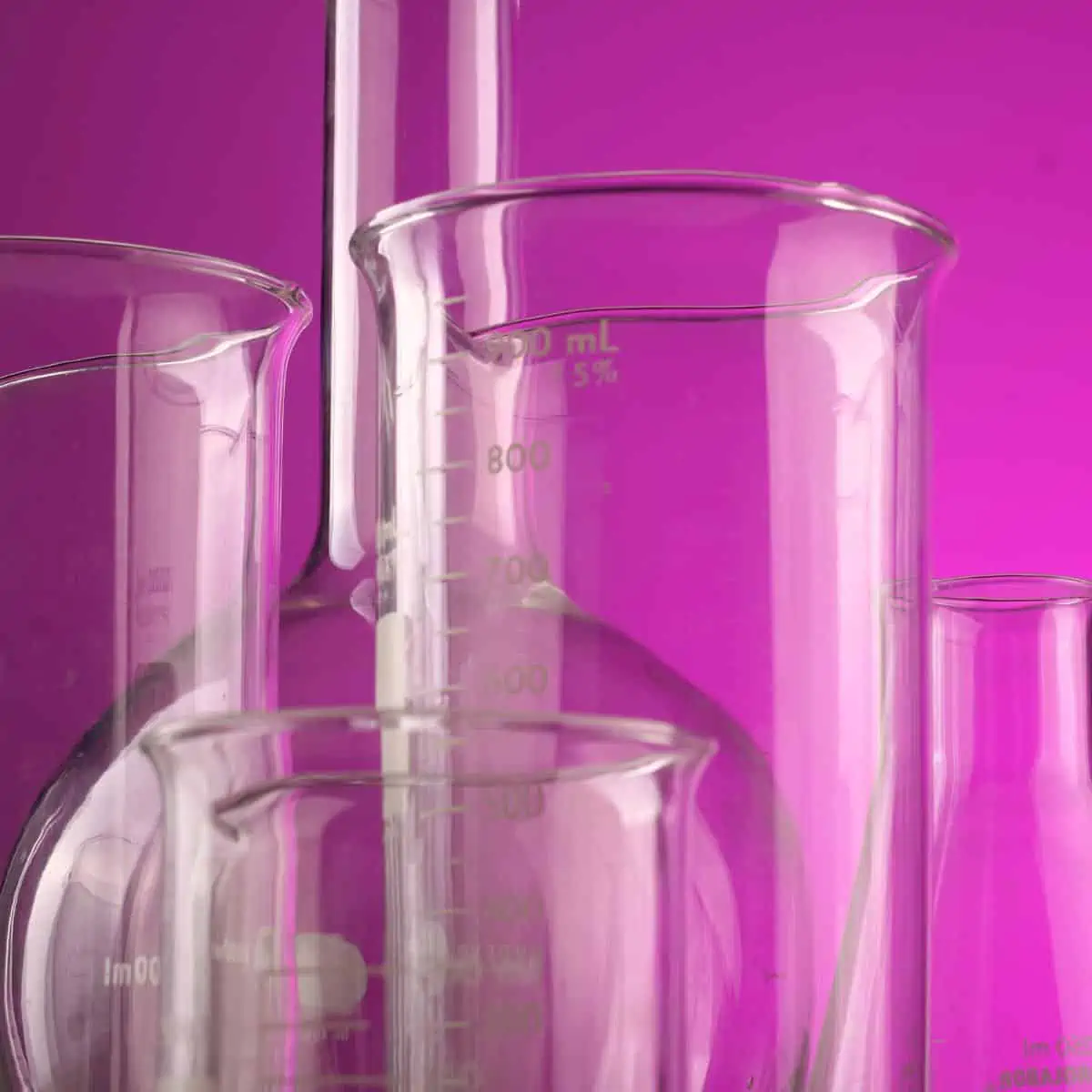
When you’re scaling a recipe up or down, calculating correct quantities can get a bit tricky, especially if you must convert the units of measurement at the same time. Luckily, translating ounces to gallons and vice versa is an easy procedure. After you learn the basics, you won’t even need to break out a calculator!
This is an everyday sort of math skill that everyone, young and old, should be able to master. Here’s what you need to know if you find yourself wondering how many ounces are in a gallon.
Table of Contents
What Is An Ounce?
One ounce (1 oz) is a unit typically used to measure weight, although fluid ounces (fl oz) can be used to describe the volume of liquid ingredients, too. There are 16 ounces in a pound (lb) and 28.35 grams (g) in 1 ounce.
The ounce as a standard of measurement was invented by the Ancient Romans. This was originally known as a “uncia,” which represented 1/12th of a copper bar used much like contemporary rulers. If referring to US ounces, there are sixteen ounces in a pound and one ounce is equal to 28.35 grams by weight.
What Is A Gallon?
In the United States, a US gallon is equivalent to the volume of a ten-sided cube, each measuring 1 inch. That equals to 231 cubic inches in all, but this format is easier for expressing volume in liquids, rather than solid items with defined sides.
There are numerous possible origins for the word itself. “Gallon” is most likely derived from a combination of the old French “jalon” or “jille” for “wine measure,” which is related to “jale,” meaning “bowl” in Latin.
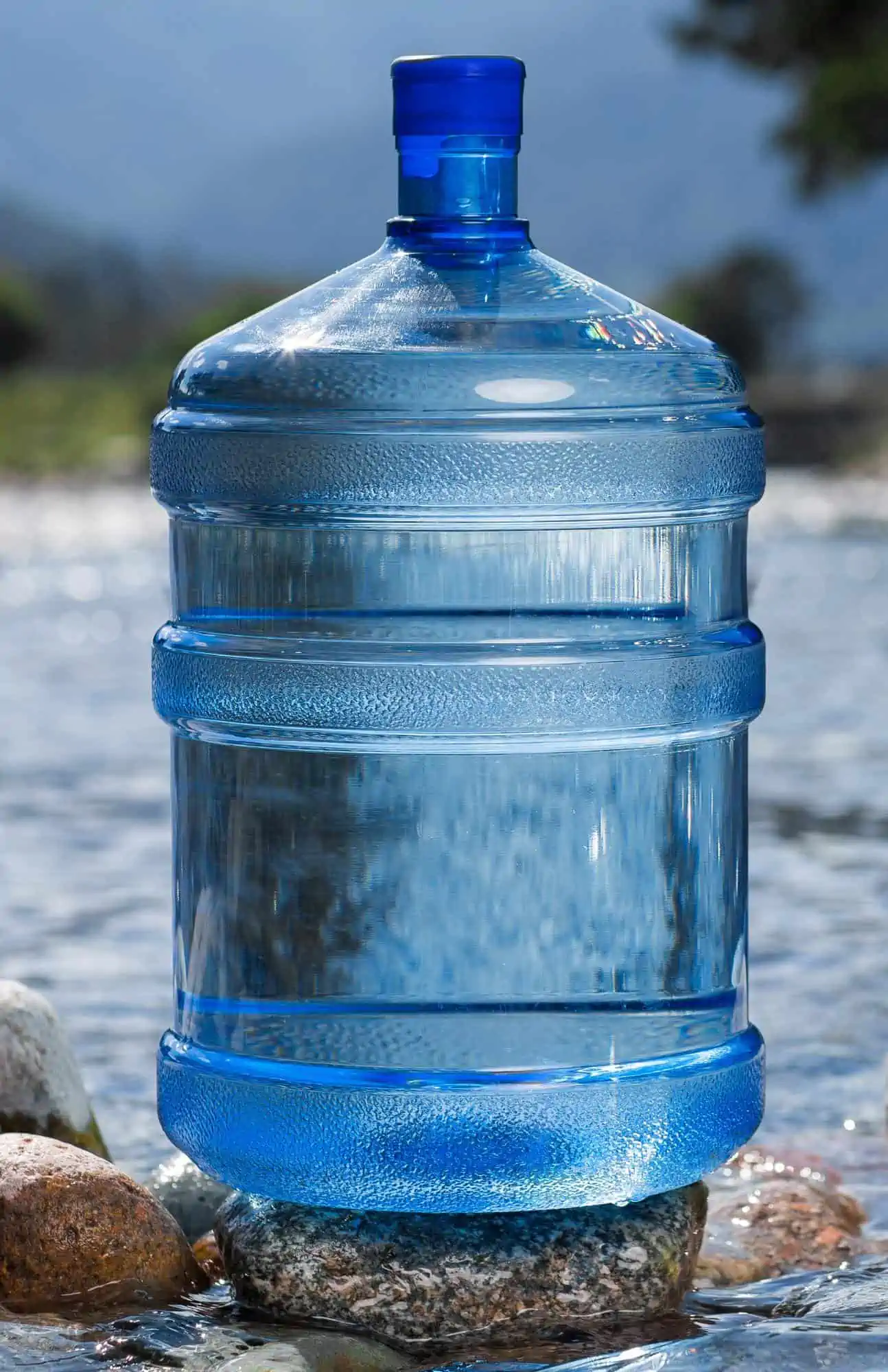
How Many Ounces in a Gallon?
One gallon is equal to 16 US cups or 4 quarts, but what does that mean in terms of ounces?
128 ounces = 1 US gallon
Other common ounces to gallon conversions are as follows:
| Fluid Ounces | Gallon |
| 16 ounces | ⅛ gallon |
| 32 ounces | ¼ gallon |
| 42.24 ounces | ⅓ gallon |
| 48 ounces | ⅜ gallon |
| 64 ounces | ½ gallon |
| 84.48 ounces | ⅔ gallon |
| 96 ounces | ¾ gallon |
| 128 ounces | 1 gallon |
How Many Ounces in a Cup?
We have an article specifically about how many ounces are in a cup—but here is the basic conversion:
1 Cup = 8 fluid ounces = 1/16 Gallon
How Many Ounces in a Quart?
32 fluid ounces = 1 Quart = ¼ gallon
For more quick conversions for ounces to quarts, check out our article all about how many ounces are in a quart.
US Customary System Vs UK Imperial System Vs Metric System
What might make the calculation a bit more confusing is the fact that a gallon is different in the United Kingdom compared to the United States. The Imperial measurement for 1 gallon is equivalent to 160 fl oz; 32 ounces more than the US measurement, which adds up fast! To put it another way, that’s a whole additional 2 cups.
Luckily, Great Britain officially switched to the metric system in 1965, so this approach to measuring ounces is becoming less common. The metric system now reigns, which means you’re more likely to encounter liters. In that case, there are 33.814 fluid ounces in 1 liter. No matter what, you should always take into account the country of origin and intended audience for each recipe before converting the measurements to ensure accurate results.

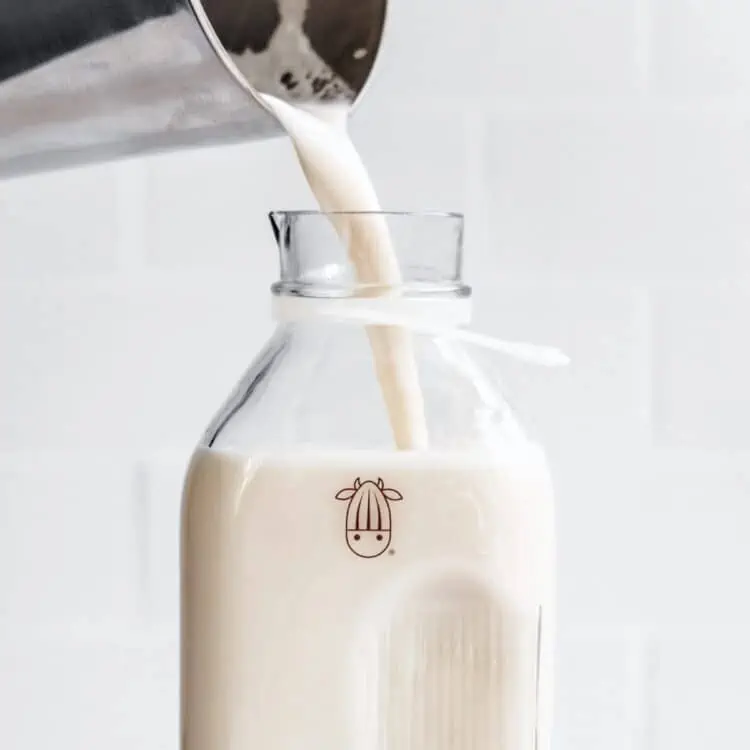
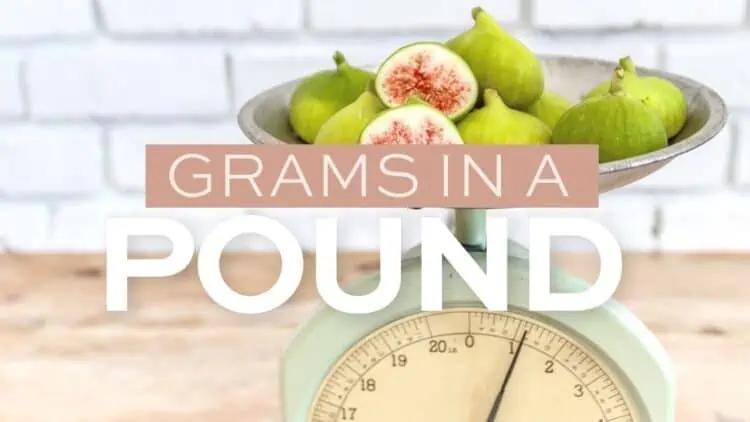
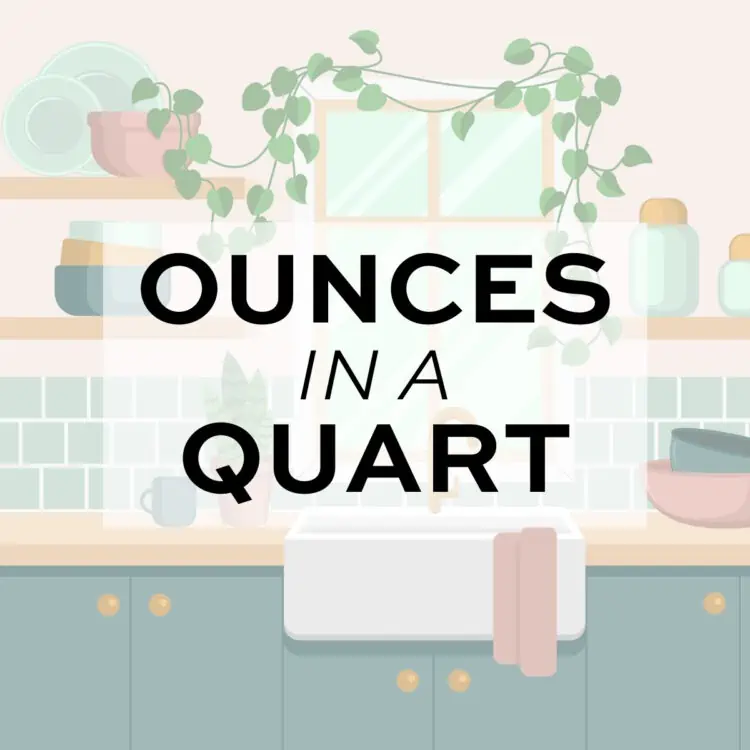
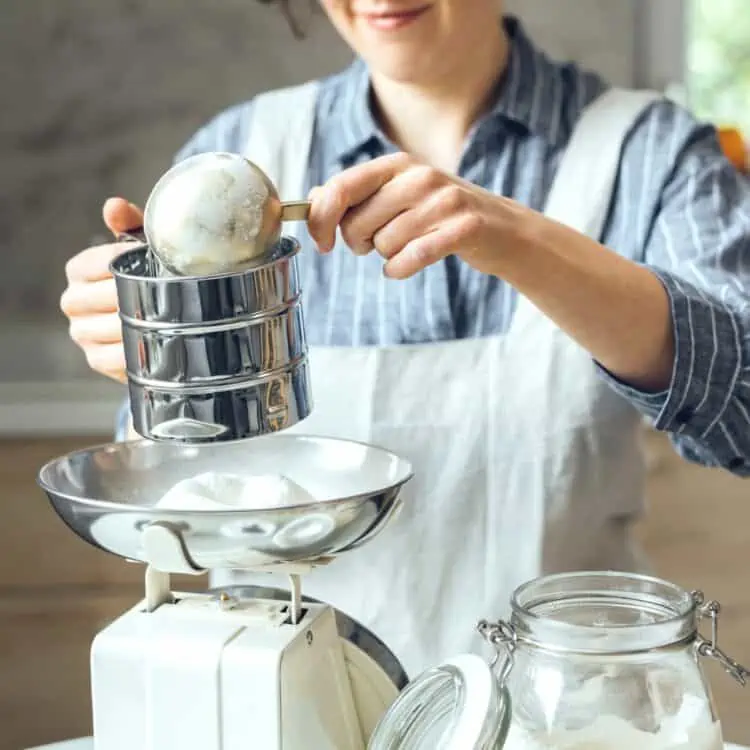

Leave a Comment
Love to save these when I need measurement reminders
still not sure why the US has to be so different. thanks for this helpful conversion reference!